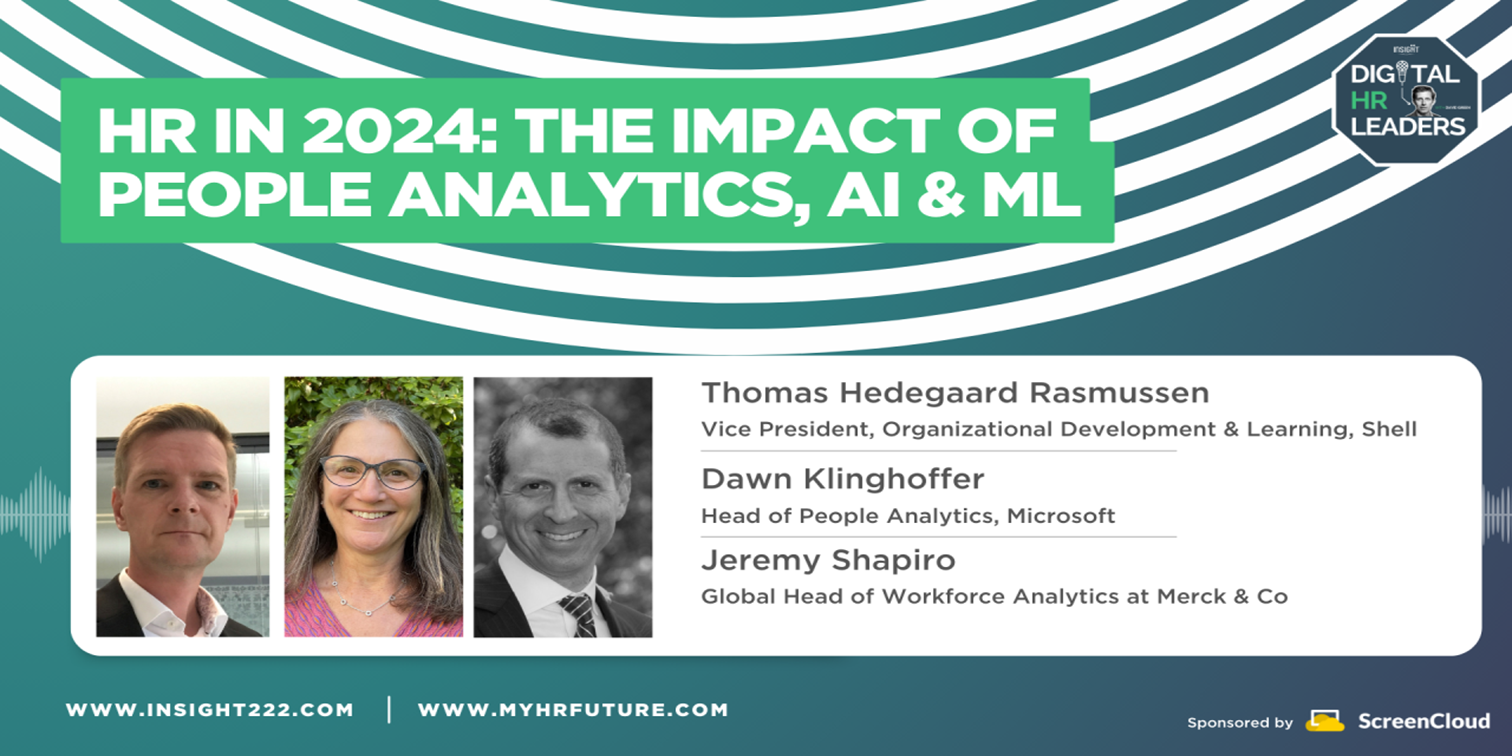 Insight222
Insight222
 Insight222
Insight222
 Insight222
Insight222
 Insight222
Insight222
 Insight222
Insight222
 Insight222
Insight222
 Insight222
Insight222
 Insight222
Insight222
 Insight222
Insight222
 Insight222
Insight222





 扫一扫
添加客服
扫一扫
添加客服




